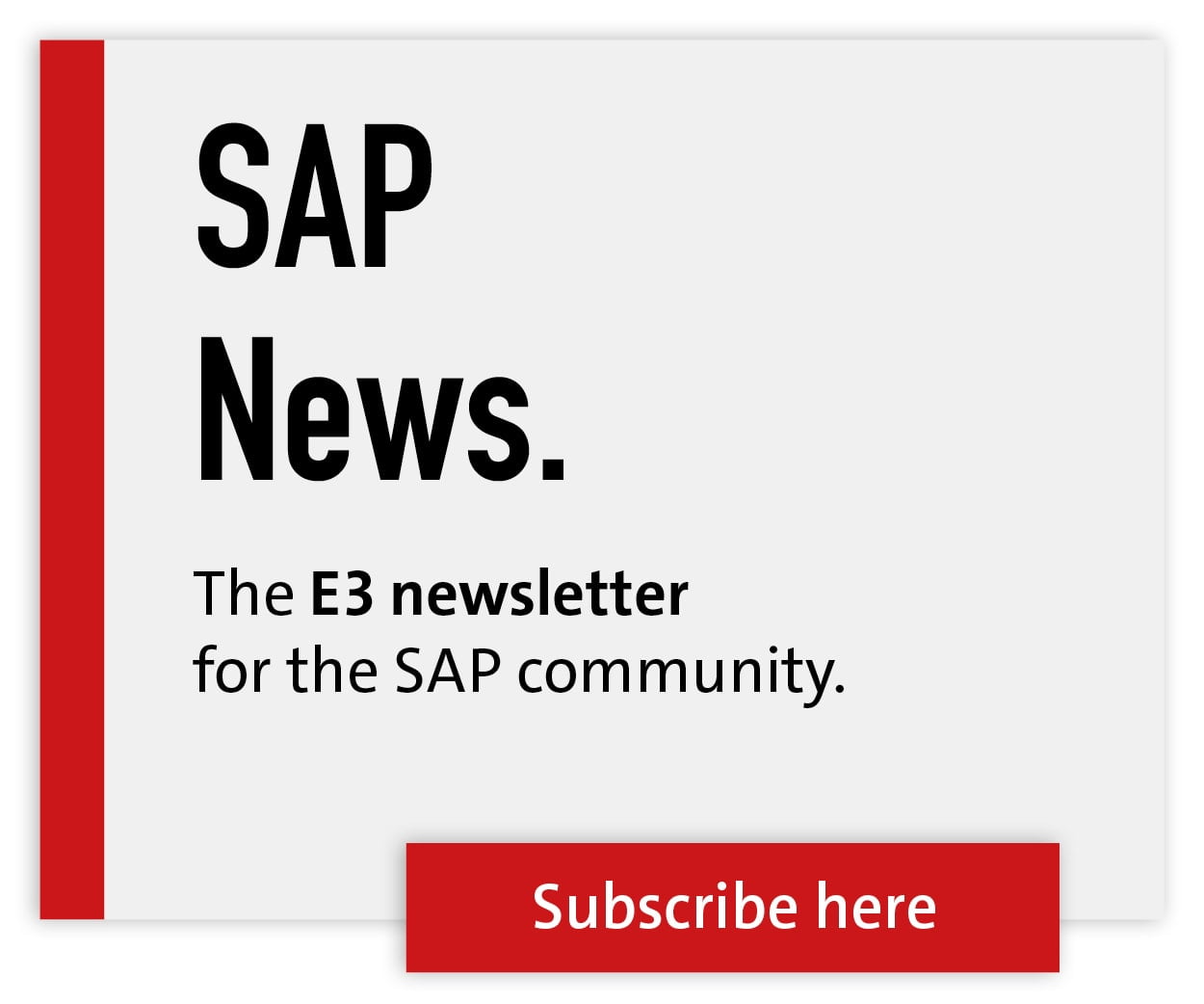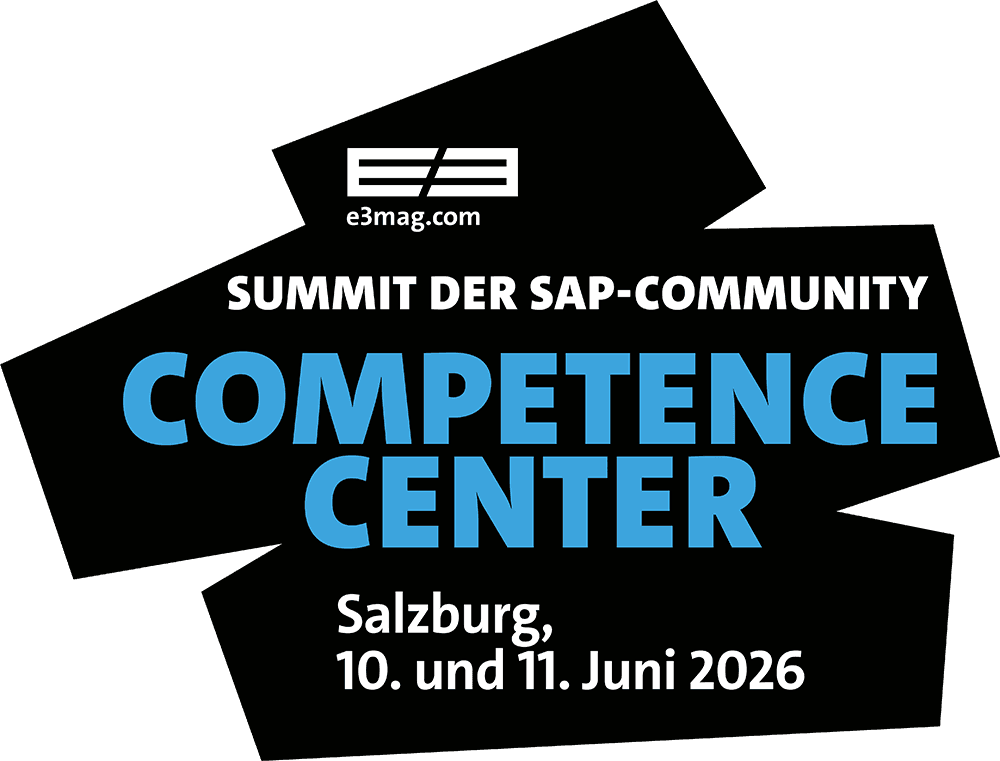S/4 Private Cloud Conversion
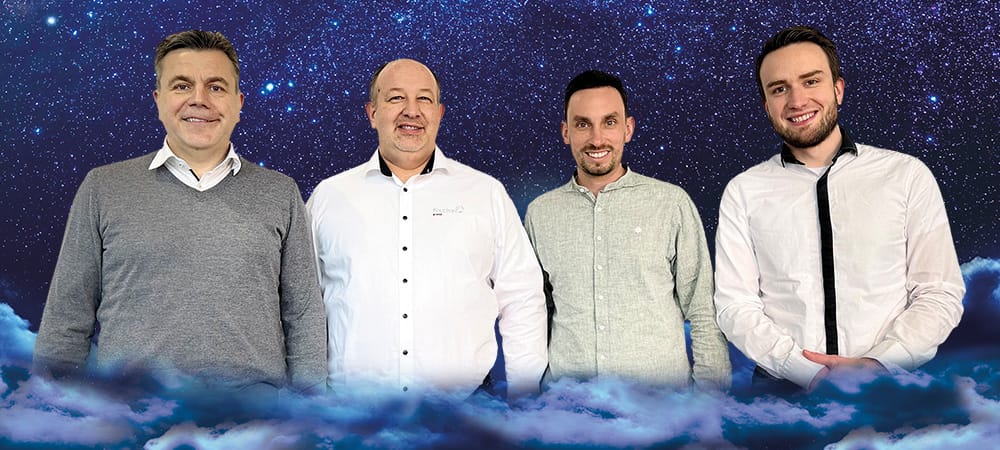
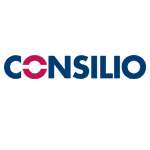
SAP's existing customers must have converted to Hana and S/4 by 2027 and 2030 respectively, as SAP maintenance for the predecessor system ERP/ECC 6.0 will be discontinued. However, even for companies with a high level of IT maturity, the changeover is not a foregone conclusion, as a recent study by management consultants Horváth shows, for which 200 managers from six countries were asked about their S/4 transformation.
According to the results of the Horváth study, a delay in the planned S/4 release change is the rule rather than the exception. On average, ERP projects take 30 percent longer than originally planned. Only less than one in ten existing SAP customers who have already completed the S/4 conversion did not exceed the schedule. The existing budget is also rarely adhered to. In a quarter of S/4 conversions, the financial resources were exceeded by a very large margin, in a further 40 percent by a large margin.
Despite time and budget overruns, the result does not meet expectations in most cases either: 65% of the SAP users surveyed noted severe to very severe quality deficits. The main reasons given by respondents for deviations from the plan were Expansion of the project scope during the course of the project, weaknesses in project management, underestimated test and data migration phases, revision loops of concepts and processes and a lack of decision-making.
However, an S/4 conversion to the private cloud can also take place in a completely different way. SAP partner Consilio and existing SAP customer Fischer have found a successful way together. The switch to S/4 is one of the biggest projects that most IT organizations have tackled in the past ten years. Some existing SAP customers use this "release change" as an opportunity to question things and rethink their processes. However, most SAP users decide not to redo everything in this context.
Reasons include a lack of resources or high costs (see Horváth study). This can also be read in the latest investment report from the German-speaking user group DSAG e. V.: "The decrease in companies with a constant SAP budget and the increase in those with a decreasing budget leads to the conclusion that some companies are reviewing their SAP expenditure. Possible reasons could be delays in planned migrations, savings through consolidation of SAP systems or a general reduction in costs," explained Jens Hungershausen, Chairman of the DSAG Executive Board, at the presentation of the 2025 report.
Brownfield, or what?
In practice, many users therefore opt for a brownfield or selective approach. Why? The selective approach offers the opportunity to reinvent oneself in parts and to make optimizations in certain areas - such as finance. The experience of SAP partner Consilio shows that the majority of existing SAP customers are now opting for a selective approach. There are still organizations that view the changeover as a pure "release change". Philipp Schneider, Senior Consultant at SAP partner Consilio: "Sooner or later, however, they will realize that they will end up paying for it afterwards when rework and corrections become due that could already have been dealt with during the changeover. It's like digging up a road, laying cables, filling them in and the next company does the same thing."
But why a selective approach? The state of the SAP community is heterogeneous and many ERP systems have been heavily modified in recent years. The Consilio approach is therefore not only pragmatic, but also realistic and therefore ultimately very successful! Walter Schinnerer, DSAG Board Member for Austria, explains the challenging situation once again based on the latest DSAG investment report: "When asked about the SAP ERP solutions used, ERP/ECC 6.0 and SAP Business Suite 7 are still in the lead among DACH users in 2025 with 51 percent. Almost a quarter of those surveyed also stated that they intend to continue investing in the Business Suite. This shows that the solution is by no means just being kept alive as an afterthought, but is being actively used and further developed.
Two years before the regular end of maintenance, this is remarkable and underlines the fact that while SAP is pushing its customers into the cloud at a rapid pace, many users still have to make strategic preliminary considerations. They first have to decide how to replace their existing ERP system and build up the necessary expertise. At the same time, resources on the consulting market are limited and such a transformation project cannot always be mastered with existing in-house capacities. Accordingly, it is important for SAP not to misjudge reality, to take its foot off the gas and to focus on the actual interests of users."
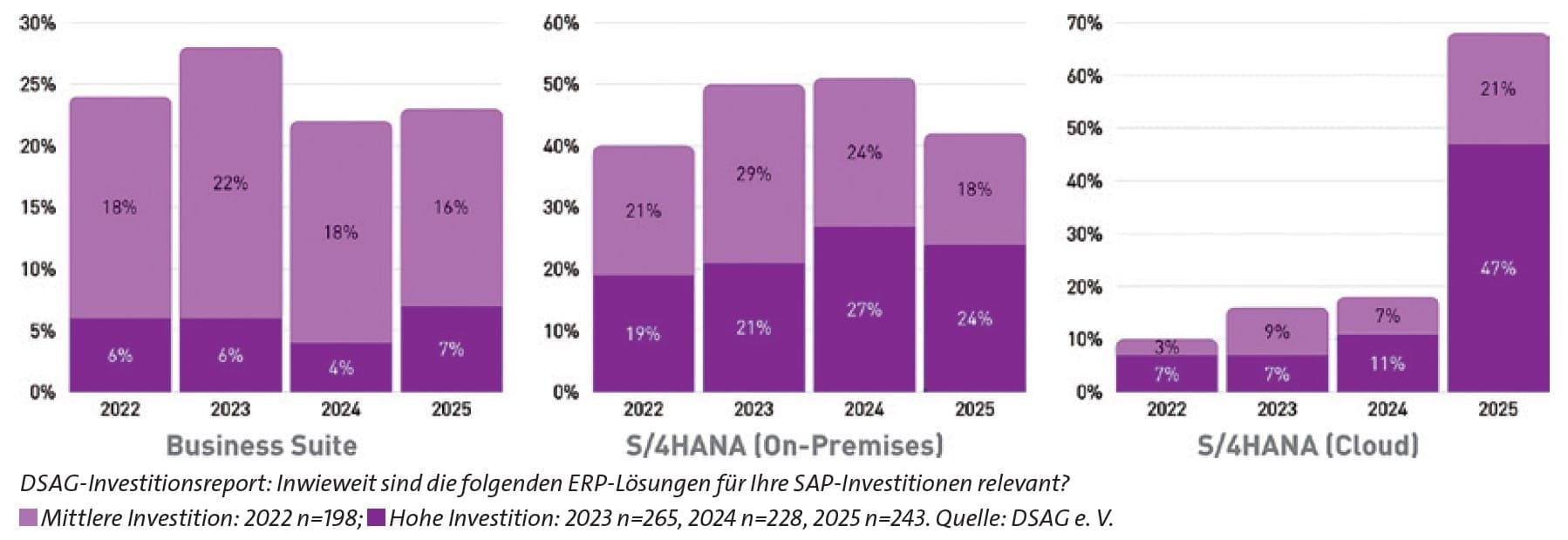
The age of ERP installations
Which areas pose the greatest challenges? Business, organizational, technical, licensing? The changeover is always most difficult in regulated areas, but this is simply due to the industry and its requirements and not to the S/4 Hana software. However, experience at the consulting firm Consilio shows that the older the installation, the more complex the system becomes. According to Philipp Schneider from Consilio, this means that the older an SAP installation is, the greater the challenges when switching. The reason is obvious: although there are numerous options for archiving data, there is no cleansing, which means that artifacts and inconsistencies accumulate over time, leading to various problems in technical conversion - especially in the finance area.
If an existing SAP customer considers the changeover on the application side - for example, only sales or purchasing organizations and their associated finance departments - the changeover is relatively straightforward. The reason for this is that very little changes in the system and the organizations are the most mature in terms of their standards, best practices and tools. From the Fischer project, Hans-Peter Fischer, Managing Director of Fischer Group, Thorsten Obert, CIO at Fischer Group, and Manuel Hoferer, Deputy Production Manager at Fischer Edelstahlrohre, know that changes in the finance processes have a massive impact on the system and all business processes, especially when it comes to topics such as new asset accounting or a harmonized chart of accounts, as well as the introduction of parallel valuation. Without such changes in Finance, however, it is the logistical parts that generally lead to an increase in complexity, because in the past a brownfield approach with very selective optimizations was chosen - also by SAP.
In recent years, many new challenges have been added that have a significant impact on day-to-day business - such as service processing or the switch from WM to EWM, which are increasingly mandatory. SAP's focus on the public cloud, with its new technologies and more attractive license models, has made things even more difficult. Previously, no one had considered transferring logistics to a public cloud. It is therefore not easy to choose the right path here. Experienced, trustworthy partners such as Consilio can provide users with the necessary foresight and sound advice to ensure that their investment in the new technology is not in vain.
DSAG board member Jens Hungershausen is also observing a change in awareness. The results of this year's DSAG Investment Report show an increasing willingness on the part of companies to invest in future-oriented technologies and SAP solutions. The significant trend towards the cloud is particularly noteworthy. The increasing importance of AI and cybersecurity also underlines the current challenges and opportunities that companies are facing. The shift towards increased cloud usage, the development of the S/4 cloud strategy and the growing importance of AI reflect the urgency to evolve technologically in order to remain competitive.
At the same time, there is an increasingly differentiated picture between large and small companies in terms of resources for digital transformation. There are many stages in a digital transformation on the roadmap to S/4 Hana: To what extent are there two release changes? Once ERP, from ECC 6.0 to S/4, and once database, from AnyDB to Hana. Consilio knows that the Hana database plays a central role in the changeover to S/4. However, its relevance should not be overestimated. Large installations in particular benefit from a separate migration, because it saves time during downtime. In practice, however, this consideration is only relevant for systems with database volumes of two terabytes or more. Companies with less than this do not need to worry about it.
However, when switching to the Hana database, the custom code for Hana must also be modified. Users who want to switch to the Hana database in a preliminary project need to think about this. For everyone else, this is part of the conversion or transformation. For the sake of completeness, a Consilio note: The technical switch from AnyDB to Hana is highly standardized and relatively uncritical, as the switch has no functional impact. This is a purely IT-driven preliminary project, which makes perfect sense for certain installations. As a rule, the release change is carried out together with the database change so that there is only one downtime.
If you take conversion literally, only the brownfield approach is up for discussion. When switching to S/4 via crossfield or greenfield, it is more appropriate to speak of a transformation, as the processes are not adopted one-to-one. The public cloud is not an option for the brownfield approach, as the public cloud can only be reached with a greenfield approach. Although it is possible to take your data with you using various tools, this is not possible with the processes and in-house developments - you have to remodel them.
The public cloud is currently not an option for existing SAP customers in particular, who have a very individual approach to logistics, production or production planning and have special requirements for detailed planning, due to functional restrictions. They would have to set up a hybrid system based on different public and private cloud solutions, but this is currently extremely unattractive in terms of price. This is why existing SAP customers are switching to the private cloud, which is functionally similar to an on-prem system, when they take the plunge into the cloud. Hybrid scenarios, on the other hand, are currently gaining momentum. On-prem and private cloud SAP systems are increasingly being combined with SaaS systems - for example with SAP BTP etc.
The DSAG user association asked how existing customers rate SAP's S/4 cloud strategy. The first survey in 2024 was conducted before the launch of the new SAP programme Rise with SAP Migration and Modernization, which includes incentive measures when moving to the cloud. This time, 40 percent rate the program as having high to medium relevance. "While only 13 percent of respondents gave a positive assessment of the S/4 Hana cloud strategy in the last investment report, this year the figure is 38 percent. The SAP program seems to be bearing fruit," said Jens Hungershausen. Incentivization is also set to continue in 2025, with an official announcement expected in the coming weeks. From DSAG's point of view, however, this must be a permanent offer that will continue to provide added value for existing customers.
Study director and Horváth partner Christian Daxböck observes that the foundation for many problems is already laid in the program set-up: Inadequate planning and often insufficient engagement with the transformation approach appropriate for the current situation mean that the organization is bound to be overwhelmed. Project complexity and required resources are underestimated, while organizational competencies are overestimated. "This mismatch leads to enormous discrepancies between plan and result," says the expert. Three quarters of the managers surveyed in the study also found that the selection and availability of project managers and employees do not receive the necessary attention in advance. The role and perspective of IT in particular are often underestimated.
The Horváth study shows that a business redesign or greenfield approach, which is also the most costly, is chosen most frequently across all company sizes. At 37 percent, it is just ahead of the brownfield approach with 33 percent. The majority of manufacturing companies and large companies with an annual turnover of five billion euros or more transform with a brownfield approach. According to Horváth, 31% opt for a selective transformation.
Consilio uses the tried-and-tested SAP Activate process, but in the modified version "SAP Activate tailored by Consilio". This process is characterized above all by the fact that it draws on Consilio's best practices and is individually tailored to the company. This reduces the overhead considerably. Consilio then uses SAP SolMan (Solution Manager) and relies on cloud ALM in the long term. "At the moment, we use both tools in hybrid form in many cases, as each has its strengths - but it depends on the situation. Our specialists also use SAP Signavio for process documentation. This tool is able to analyze the entire system landscape and display it graphically as BPMN. This is very helpful in understanding and modeling the customer's processes," explains Senior Consultant Philipp Schneider.
EWM and S/4 Hana
Basically, the first question is whether the existing SAP customer is already using the EWM product or not. Consilio customers sometimes use EWM as a decentralized solution. In the case of a classic S/4 conversion, consideration is given to whether to switch to the embedded solution. "Even if it is to continue to run decentrally, migration is important, because today the system mostly runs on the SCM stack and, according to SAP, this will come to an end from 2027; you therefore have to make provisions for the S/4 system. Fischer chose an EWM greenfield approach because they wanted a product that would also be supported in the future - in line with SAP's strategy, which is why EWM was implemented instead of WM. Based on the chosen approach, we also modeled the processes that are relevant for Fischer in the EWM design. These include, for example, loading processes or the integration of automated systems. In this way, Fischer has created a foundation for the future in order to keep all options open for its logistics processes," explains Philipp Schneider.
S/4 projects have shown that it is more advisable to implement EWM downstream. Why is that the case? Philipp Schneider: "EWM has many points of contact with all other areas of the company and would therefore tie up resources that may be needed elsewhere. In the case of a brownfield conversion, for example, the available resources may not be available or only available to a limited extent. There are therefore particular challenges in handling the project, which increases the risk of bottlenecks occurring during implementation. As Fischer chose the greenfield approach for the implementation of EWM, these concerns became obsolete. With bluefield or crossfield approaches, this also plays a subordinate role, as individual system modules are taken out and completely rebuilt - similar to a greenfield approach."
Challenges rarely arise solely from the software, but also from change management - in other words, how complex is the customer or their processes and how easy can the processes be implemented? At Fischer, over 500 end users were trained. This increases the complexity considerably. In this situation, you have to create a foundation at an early stage and build up knowledge carriers who act as contacts for other employees. First and second level support should be deployed as late as possible and there should be division managers who understand the product and were involved in the implementation at an early stage so that the commissioning runs as smoothly as possible and the employees have contacts. This is because scaling the product is the most difficult part of implementation.
To summarize, Consilio believes that with the end of support, SAP is pushing ERP users towards the cloud. But now things have been nailed down and users are being encouraged to think about it and say: "Okay, I'm going into the new world, I'm going into the cloud." SAP is always accused of being slow to innovate, but with the Rise and Cloud options, every user has the opportunity to receive an update every six months - a stable update and often packed with new features and functions that sometimes drive their own processes and innovations forward without any independent developments. This puts SAP on a par with tech giants such as Microsoft, Google and others, who release new function and feature updates every few months.

To the partner entry:

